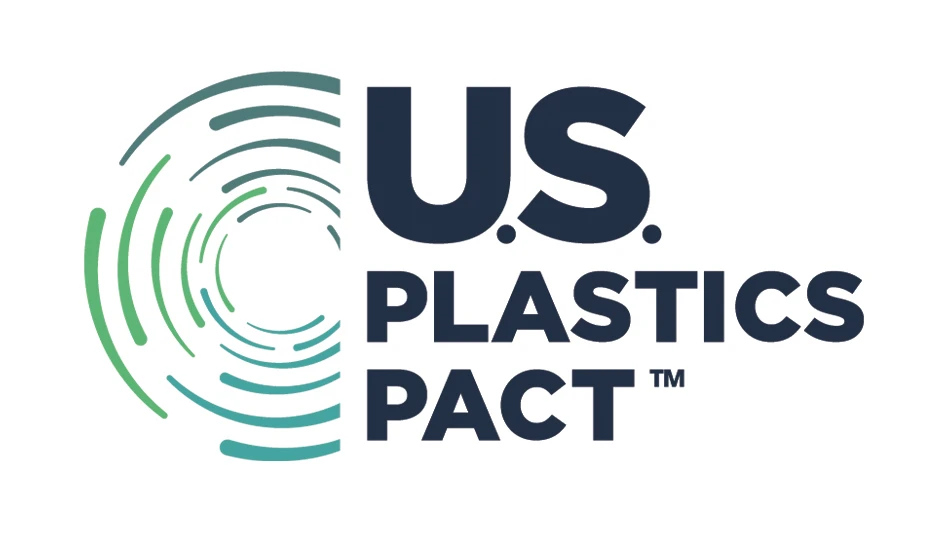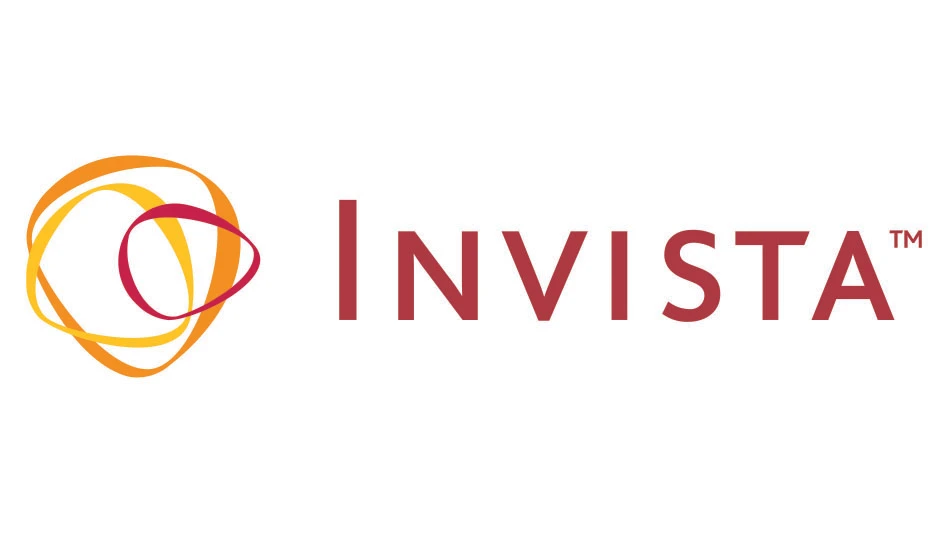 Business owners manage prevalent risks by purchasing insurance. This provides a financial backstop for losses related to property, equipment, vehicles, employee accidents, etc. One area of enterprise risk management that’s often not insured and receives limited focus is protecting trade debts or accounts receivables. Account receivables often represent as much as 40 percent of a company’s assets. A large loss can financially sink a recycling business when you least expect it.
Business owners manage prevalent risks by purchasing insurance. This provides a financial backstop for losses related to property, equipment, vehicles, employee accidents, etc. One area of enterprise risk management that’s often not insured and receives limited focus is protecting trade debts or accounts receivables. Account receivables often represent as much as 40 percent of a company’s assets. A large loss can financially sink a recycling business when you least expect it.
Common credit risk management methods
A number of credit risk management methods are available to recycling companies.
Self-insuring. Many businesses choose to self-insure the risk of bad debt. In reality, many of these companies may not actually accrue dollars for this use but rather take it on the chin with unpaid invoices. This can seriously impact the balance sheet.
Businesses that set aside dollars for anticipated bad debt are tying up funds that could be used to grow the business. With self-insuring, the resources are all internal for credit evaluation, risk assessment and debt collection. While you may experience cost savings by not paying a premium, self-insuring creates greater internal risk and overhead costs via personnel.
Letters of credit. A seller may require a letter of credit from a buyer as a form of credit protection. This is a financial institution’s agreement to guarantee payment of their customer’s (your buyer’s) financial obligation. The buyer would need to obtain this letter of credit from the bank, which will erode its aggregate borrowing capacity from that financial institution.
This method will increase the cost of borrowing and the need for additional security. Letters of credit also will tie up working capital and reduce available dollars for growth opportunities.
For the seller, the claims process related to getting paid on a letter of credit is lengthy and time consuming.
Factoring. Factoring is a service where the receivables from a business are purchased. The benefit of this is immediate cash in exchange for a percentage of the receivables, but it will include a fee that typically varies from 1 percent to 10 percent of the amount sold.
Factoring companies also may offer services that include invoicing, collections and accounting functions. Some also may offer to assume the risk of nonpayment.
The benefits of using factoring include extending the administrative tasks related to managing credit to outside parties that may have more expertise in this process.
The downside of this method includes erosion of margin and impact on overall credit capacity. It also introduces a third party into the buyer/seller relationship, which may affect client relations.
Credit insurance. Credit insurance—also called trade, bad debt or accounts receivable insurance—often is an overlooked insurance protection that provides coverage for many losses related to bad debt. This policy protects against a customer’s failure to pay its debt arising from bankruptcy and other circumstances.
This coverage can be purchased for either a specific client, referred to as named buyer, or for all business receivables, referred to as portfolio coverage.
Premiums are based on the number of customers, amount of debt included in the policy and other related factors. A financial analysis for each customer is typically included in the premium paid for coverage.
As an ongoing method to manage risk, credit insurance is subject to mid-year changes. This may limit insurance coverage and freeze future coverage for extended credit to buyers developing adverse financial status. This is a benefit to managing risk associated with extending credit.
Let’s examine the credit insurance method more closely.
Credit insurance payout
Generally, credit insurance will provide financial protection for failure to pay invoices, protracted default and political risk. It also provides coverage in the event of a customer’s bankruptcy. In this situation, the policy immediately will pay the policyholder the amount of uncollectable receivable up to the limit on the policy and subject to policy deductibles.
The second scenario covers the event that a customer simply fails to pay the outstanding receivable. If the insurance company is unsuccessful at collecting the outstanding balance, it will pay that loss after a predetermined number of days—typically 60 to 180.
The coverage doesn’t engage if a buyer defaults payment based on fraud related to a third party. Submitting fraudulent or misleading financial information also would be a cause for nonpayment of a claim. Disputed billing isn’t a covered loss for credit insurance until the dispute is resolved, and payment would be based on the resolution.
Aside from paying out, credit insurance also provides certain financial risk-related services for recyclers. One element includes the credit information of a buyer or potential buyer. Credit insurance organizations have a wide breadth of resources to evaluate credit information, often significantly more than a recycling company will have access to. Risk assessment of a given buyer is another related service. The risk assessment is done by qualified actuarial and financial professionals in most cases to a greater degree of expertise that’s typically available to a given recycling operator. General market intelligence of a given industry segment, related political risk and other industry factors are increased via credit insurance services. Lastly, collections support services are typically provided with credit insurance relationships.
Strategic benefits of credit insurance
Credit insurance can help a company prevent a large loss. Large, bad-debt losses are a leading cause of business failure. Credit insurance prevents this through a credit analysis conducted by the insurance carrier for businesses that may be extended credit or in cases where additional credit expansion is being considered.
Credit insurance also can help a company manage financial risk. The insurance company will analyze the financial stability and creditworthiness of the policyholder’s customers and create an insurable credit limit for each customer. The same analysis can be done for new customers to establish an approved or insurable credit limit. This step can help create a larger credit limit for new customers, which can increase the pace of business expansion with new customers or into new markets. The insurance company will conduct ongoing credit analyses of customers in the event that their financial status has changed.
The political impact of financial risk is another element of risk intelligence that is included in the ongoing risk assessment. It’s beneficial for businesses exporting to countries experiencing economic turmoil.
Expanded sales also could result from credit insurance. This coverage allows businesses to extend more credit to newer customers (buyers) without increasing the risk of bad debt. The credit insurance carriers engage in the credit evaluation of customers and prospective customers. This brings efficiency into the credit decision process and also reduces risk while providing a risk transfer vehicle via insurance.
Credit insurance also can be used with international trade, providing reduced risk with sales to overseas markets.
Reduced lending rates/bad-debt reserves also can be a benefit of credit insurance. This coverage can reduce the cost of lending where account receivables are part of the collateral based on lower risk to the banking institution. The policy will place a ceiling on bad-debt losses and release a significant amount of bad-debt reserves, which affect earnings.
For example
Recyclers can use credit insurance to their advantage. For example, a metal scrap supplier established a credit line to a customer at $100,000 based on its internal analysis and risk tolerance. With the purchase of credit insurance, the line was approved and extended to $150,000, resulting in a measurable increase in annual gross profit based on that account.
A wholesaler had a significant concentration of accounts receivables across seven customers with varying balances in the low to high six figures. The company’s bank was concerned about this risk and required the purchase of credit insurance as its account receivables were used as collateral. The seven key customers were named specifically on the credit insurance policy, alleviating the concern of the bank. This change in risk to the bank resulted in an increased advance rate offered by the bank. The company used this increase for business growth, creating a large ROI (return on investment) on the premium cost of the credit insurance.
Credit insurance provides indemnification for the insurance policyholder, but it isn’t a replacement for prudent credit management practices. Appropriate due diligence is essential to managing credit risk with or without the use of credit insurance protection.
The purpose of this article isn’t necessarily to promote the purchase of trade credit insurance but to provide highlights of what it provides and encourage recycling business owners to evaluate how this enterprise risk is addressed and managed within their companies.
John Schumacher is a senior vice president at Assurance Agency, headquartered in Schaumburg, Illinois. He focuses on insurance placement and risk management for businesses within the waste/recycling and food industries. With 25 years of experience, his primary responsibility to his clients is to understand their businesses and create strategies for reducing their risk and overall cost of insurance. He can be contacted via email at jschumacher@assuranceagency.com.

Explore the November 2015 Issue
Check out more from this issue and find your next story to read.
Latest from Recycling Today
- NRC seeks speakers for October event
- LME identifies Hong Kong warehouses
- Greenville, Mississippi, launches aluminum can recycling program
- Cotton Lives On kicks off 2025 recycling activities
- Georgia-Pacific names president of corrugated business
- Sev.en Global Investments completes acquisitions of Celsa Steel UK, Celsa Nordic
- Wisconsin Aluminum Foundry is a finalist for US manufacturing leadership award
- MetalX announces leadership appointments





